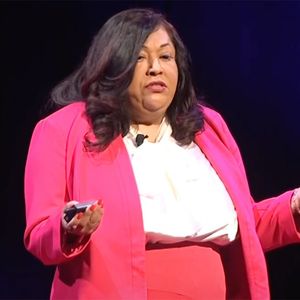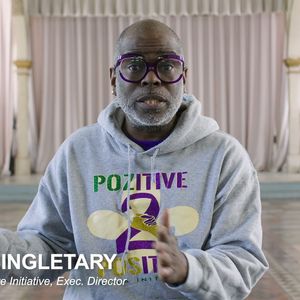Once breast
cancer returns to spread beyond the breast, it's no longer
curable--but it can be held in check, sometimes for
years, depending on how aggressive the tumor proves to
be.
Doctors don't yet
know exactly how widespread Elizabeth Edwards's
returned cancer is, beyond a small but definite spot found
in her right rib after she coincidentally broke a rib
on the other side. Also being checked out is a
suspicious spot in her lung.
''We can suppress
it, we can even shrink it, but we can't eradicate it,''
said Lisa Carey, MD, Edwards's oncologist.
But the key
question when breast cancer turns metastatic--the
doctor's ominous term for spreading cancer--is
whether it is hormone-sensitive.
No matter where
breast cancer turns up in the body, if its growth is
fueled by estrogen, women have a better chance of longer
survival--and a shot at controlling the cancer
with a battery of anti-estrogen drugs instead of
needing harsher chemotherapy, at least right away.
Carey didn't
reveal whether Edwards's cancer is this better ''estrogen
receptor-positive'' form, saying that she was awaiting
further test results before deciding on a treatment.
''It's hopefully
and very likely treatable,'' said Julia Smith, MD, Ph.D,
head of the New York University Cancer Institutes' breast
cancer prevention program. But ''it will limit her
life.... The goal now is to give the least amount of
therapy and least toxic therapy, and drag it out for
as long as possible, so she can have the best quality of
life as long as possible.''
Almost 213,000
U.S. women will be diagnosed with breast cancer this year,
and almost 41,000 will die, according to the American Cancer
Society. When caught early, the vast majority survive
with a combination of surgery, chemotherapy, and
radiation, just as Edwards had in November 2004.
But about 20% of
women thought to have been treated successfully at first
nonetheless see their cancer return. How soon that happens,
where it happens, and how soon it's caught helps
determines their prognosis.
There are few
good estimates of survival time for these patients. But
treatment is easiest if the recurrence is limited to the
breast or surrounding lymph nodes. Survival is much
shorter if the cancer spreads aggressively to vital
organs like the liver, lungs, or brain.
The bone seems to
be somewhere in the middle. Indeed, a subset of
patients with estrogen receptor-positive tumors that appear
in only the bone have a good chance at surviving for
10 years, said NYU's Smith. ''Unfortunately, we don't
know who that group is in advance,'' she said.
Edwards's
oncologist offered no survival predictions either.
''I don't have a
crystal ball about how she is going to do. I can tell
you that many patients with exactly the circumstances that
she has do very well for a number of years,'' Carey
said. ''And the fact that she is a healthy person, and
that there isn't a lot of the cancer, and that she
doesn't have symptoms all work in her favor.''
Edwards's
recurrence happened fairly early, just over two years after
her initial diagnosis. But she said she blessed the
broken rib that warranted the X-ray this week,
which in turn uncovered the cancer lurking
nearby.
''I'm very lucky
I cracked this rib,'' she said. (AP)


















































































